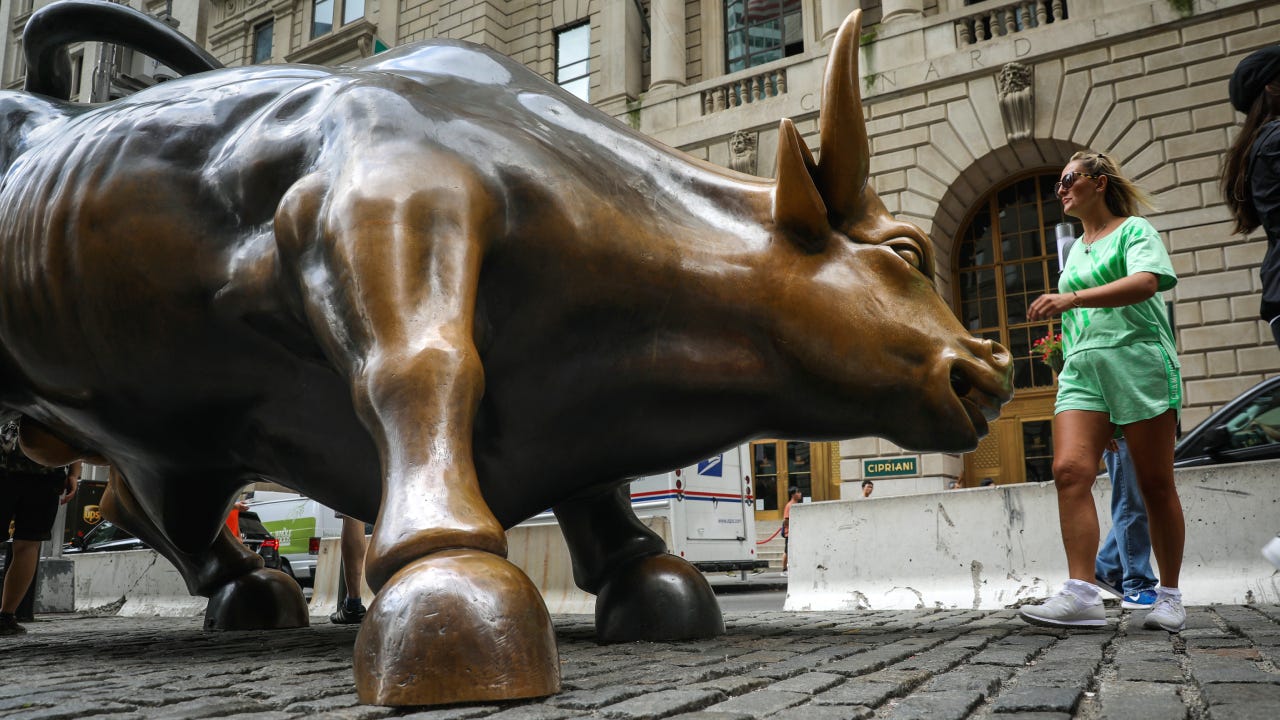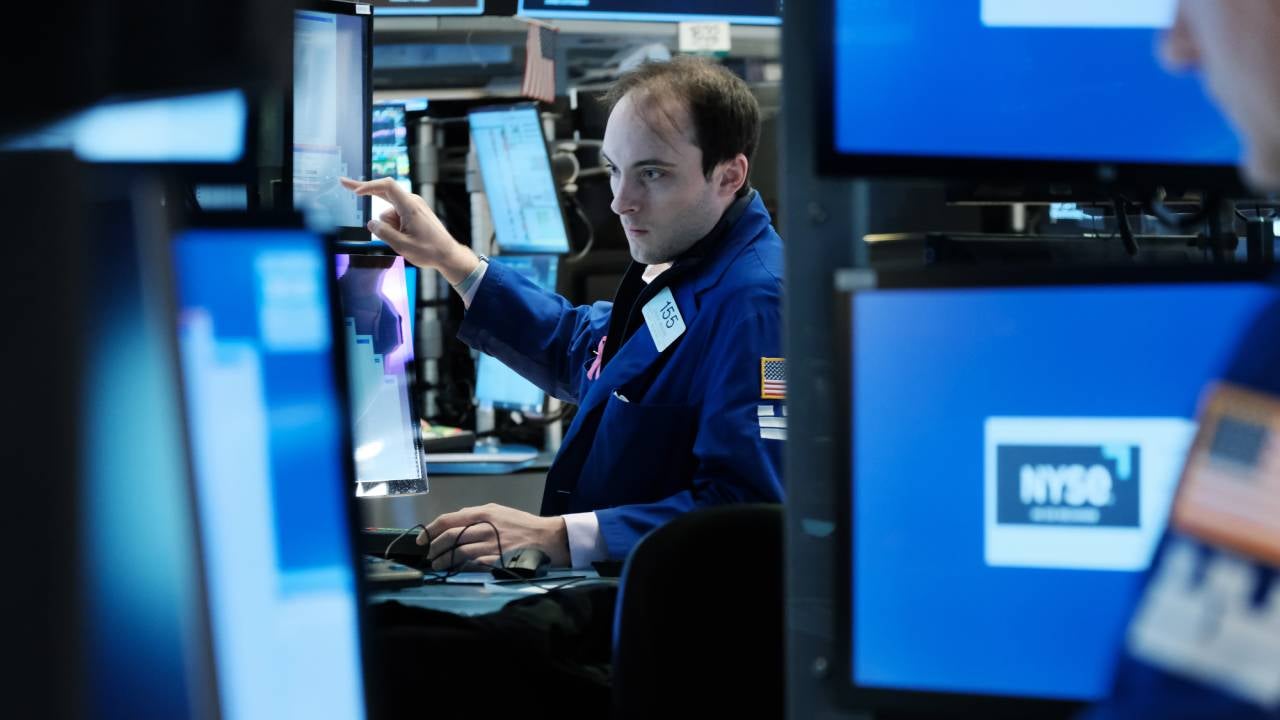Small-cap stocks look cheap – Is it a good time to buy?

The largest companies have dominated stock market returns in recent years, led by a handful of tech giants that have come to be known as the “Magnificent Seven.” The large-cap focused Russell 1000 index is up more than 14 percent so far in 2024 through the end of June, while the small-cap Russell 2000 index has increased less than 2 percent during that same time.
The diversion in performance has left small-cap stocks trading at a meaningful discount to large-caps, causing some investors to view it as an opportunity to purchase an undervalued investment.
Small-cap vs. large-cap performance
Large-cap stocks have dramatically outperformed their small-cap counterparts in recent years, as tech giants such as Nvidia and Microsoft have seen their shares rise on strong business results and optimism about the potential of artificial intelligence.
Here’s how the performance breaks down:
| Russell 1000 | Russell 2000 | |
|---|---|---|
| Note: Performance through 6/28/2024 | ||
| YTD (through June 2024) | 14.2 percent | 1.7 percent |
| 1-year | 23.9 percent | 10.0 percent |
| 3-year | 8.7 percent | -2.6 percent |
| 5-year | 14.6 percent | 6.9 percent |
| 10-year | 12.5 percent | 7.0 percent |
Small-cap discount
Large-cap stocks trade at a forward price-earnings ratio of about 21 as of June 28, according to Yardeni Research, compared to about 14 for small-cap stocks, the largest gap since the tech bubble of the late 1990s. Small-cap stocks outperformed large-cap stocks significantly in the aftermath of the tech bubble and lead up to the 2008 financial crisis.
Some investors think potential interest rate cuts by the Federal Reserve could give a boost to small-cap stocks, which tend to be more economically sensitive than large-caps and more reliant on external financing. But an improved earnings outlook for small-cap stocks could also cause the gap to close.
“Small-cap earnings over the past year were disappointing, declining more than 10 percent in 2023, while large-cap earnings, driven by the Magnificent 7, were robustly positive,” says Francis Gannon, co-chief investment officer at Royce Investment Partners. “Our expectation is that this dynamic will begin to reverse itself later this year as small-cap profits continue to recover via back-end loaded growth in 2024 and into 2025.”
Small caps can benefit from AI too
Large-cap stocks have benefited from excitement surrounding artificial intelligence (AI), with companies such as Nvidia, Microsoft, Alphabet and Meta spending billions of dollars to build out their AI capabilities, an investment that can be prohibitive to smaller companies. But Gannon still sees opportunities for small-caps to benefit from the rise of AI.
“As is often the case with new technologies, small-cap companies tend to proliferate in the background of the megatrend,” Gannon says. “Nonetheless, they will be meaningful players as they are providing — or will ultimately provide — many of the products and services supporting the buildout of a vast AI infrastructure.”
David Sekera, chief U.S. market strategist at Morningstar, sees an opportunity for investors to shift out of the large-cap AI winners, which he says trade at full or premium valuations.
“Considering that AI stocks are generally at best fairly valued and at worst overvalued, we see much better opportunities elsewhere in the market,” Sekera wrote in a recent market commentary. “We continue to advocate for an underweight position in large-cap stocks in favor of overweighting small-cap stocks and a slight overweighting in mid-cap stocks.”
How to add small-cap stocks to your portfolio
Small-cap stocks may be positioned for a run of outperformance after several years of trailing large-cap averages. If you’re interested in adding small-cap stocks to your portfolio, you have a couple of options to choose from. You may choose to pick individual small-cap stocks that you think will do well, or you can opt for an ETF that holds a basket of small-cap stocks.
Check out Bankrate’s list of the best small-cap ETFs.
If you already have a small-cap allocation in your portfolio, it also may be a good time to rebalance or even boost the percentage you have in small-cap stocks. Large-caps have dominated the market in recent years, but small-caps may be primed to bounce back in the near future.
Editorial Disclaimer: All investors are advised to conduct their own independent research into investment strategies before making an investment decision. In addition, investors are advised that past investment product performance is no guarantee of future price appreciation.






